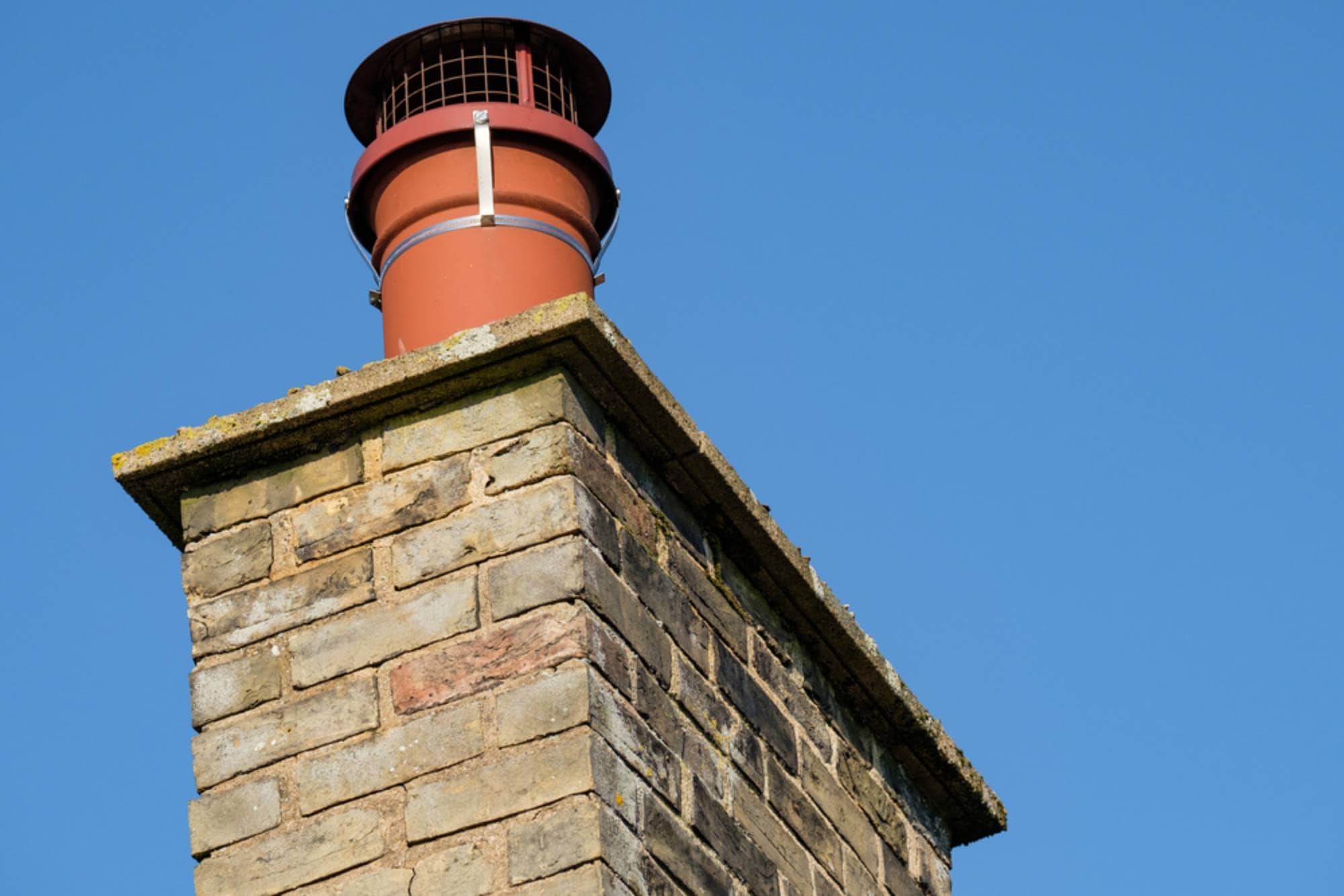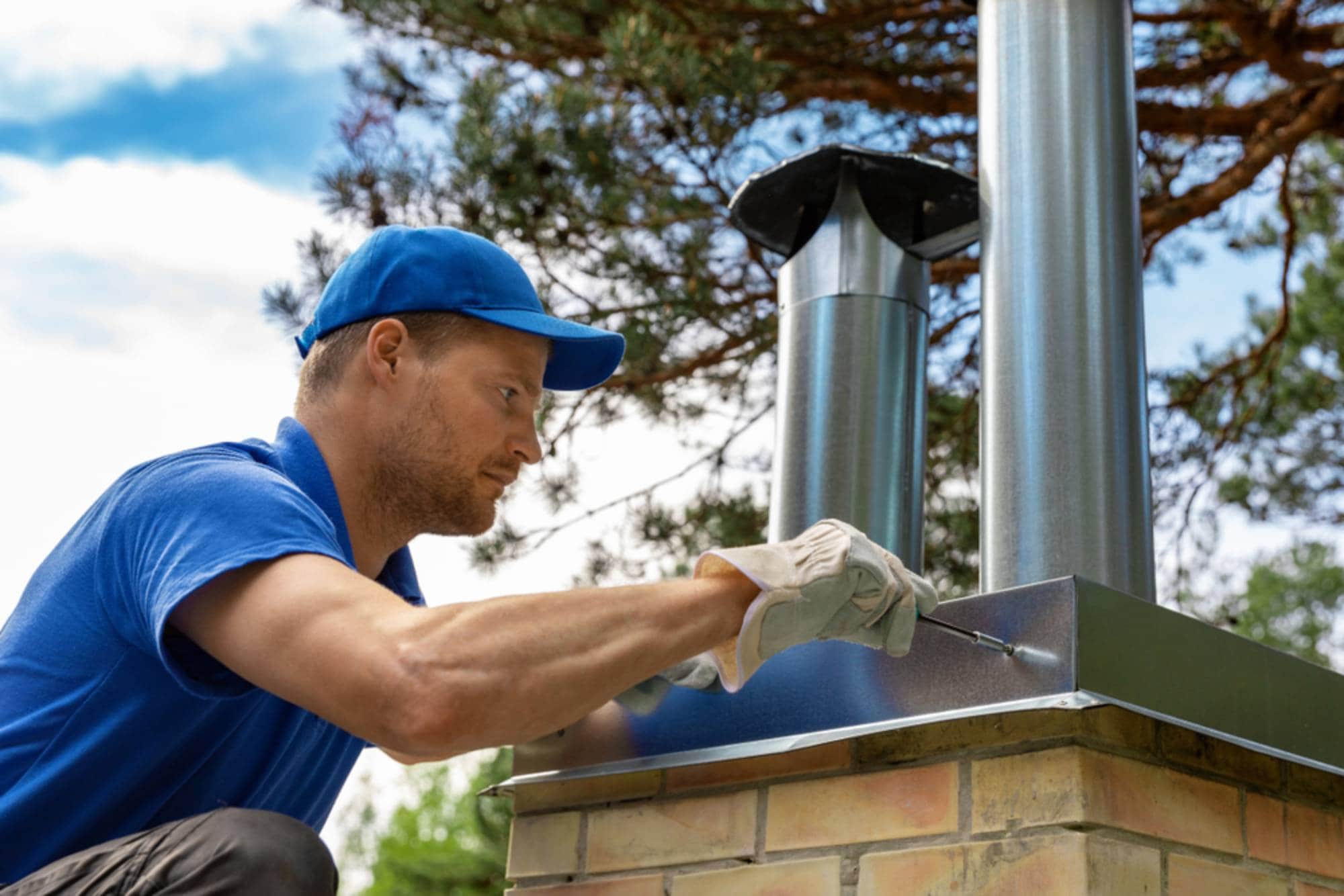Professional chimney cap installation that protects your North Seekonk home from costly water damage, animal intrusions, and structural problems.

Hear from Our Customers

Your chimney isn’t just an opening in your roof—it’s a direct pathway for water, animals, and debris to cause serious damage to your home. When you invest in professional chimney cap installation, you’re not just buying a piece of metal. You’re buying peace of mind.
A properly installed chimney cap means no more water pooling in your firebox after storms. No more raccoons or squirrels setting up shop in your flue. No more worrying about sparks escaping onto your roof during those cozy winter fires.
The difference between a DIY cap and professional installation isn’t just the quality of materials—it’s the precision fit that actually works when Bristol County’s harsh weather hits your home.
We’ve been protecting homes throughout Bristol County for years, and we understand exactly what North Seekonk chimneys face. From the severe thunderstorms that bring 60 mph winds to the freeze-thaw cycles that crack masonry, your chimney takes a beating.
We’ve seen what happens when homeowners skip the chimney cap or try to save money with cheap materials. Water damage that starts small becomes thousands in repairs. Animals that seem harmless create fire hazards with their nesting materials.
That’s why we only install caps built to handle New England weather—materials that won’t rust out in five years or blow off in the next storm. When we explain what we’re doing and why, you’ll understand exactly how we’re protecting your investment.

First, we inspect your chimney to determine the right cap size and identify any existing damage that needs attention before installation. Many homeowners are surprised to learn their chimney has issues they never noticed—issues that would make even the best cap ineffective.
Next, we remove your old cap if you have one, clean the chimney crown, and prepare the surface for proper installation. This isn’t just about screwing on a new cap. It’s about creating a weatherproof seal that will hold up to North Seekonk’s weather patterns.
Finally, we install your new cap with the right materials and techniques to ensure it stays put. We use weather-resistant fasteners and make sure the mesh screen is properly positioned to keep animals out while allowing proper airflow. Before we leave, we test the fit and explain how to spot potential issues during your regular maintenance.

Ready to get started?
Every chimney cap installation includes a thorough inspection of your existing chimney condition, professional removal of old caps if needed, and installation of a properly sized cap with weather-resistant materials. We don’t just install caps—we solve the underlying problems that make caps necessary.
In North Seekonk, we see specific challenges that many contractors miss. The proximity to the coast means salt air that corrodes cheap metals faster. The mix of old and new construction means chimney sizes that don’t always match standard cap dimensions. The local wildlife—especially raccoons and squirrels—are particularly persistent when it comes to finding warm nesting spots.
That’s why our installations include heavy-duty mesh screening designed to keep out even the most determined animals, overhang specifications that account for Bristol County’s wind patterns, and materials selected specifically for coastal New England conditions. We also provide clear maintenance guidelines so you know what to watch for and when to call us.
